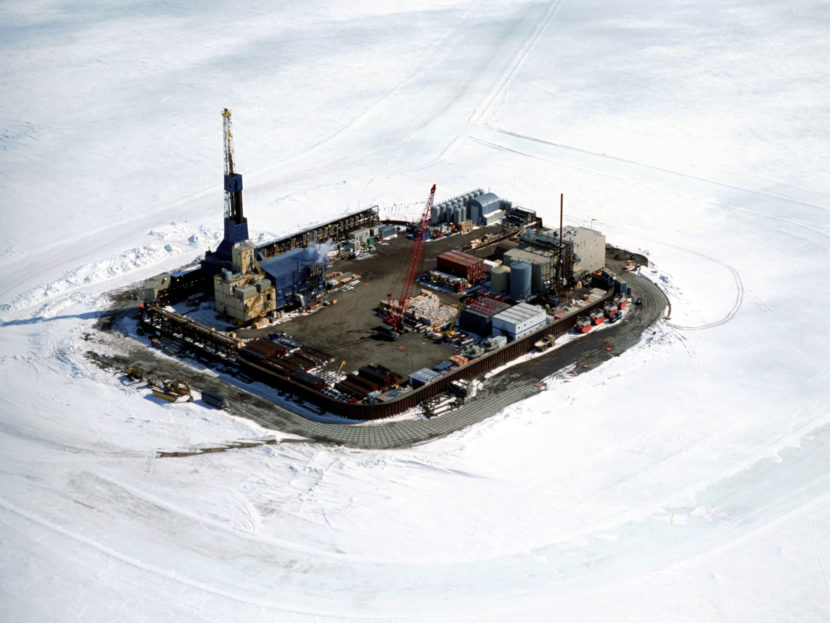
As oil prices dropped, Alaska’s jobs have dwindled.
The state’s oil and gas industry shed nearly 2,400 jobs in the first half of the year. That’s according to new data from the state’s Department of Labor and Workforce Development.
A state economist said the oil and gas industry is shrinking fast, but it could bottom out soon.
It started in mid-January. BP announced that it would cut its Alaska workforce by 13 percent. Then ConocoPhillips, Parker Drilling and CH2M Hill announced layoffs. The reports have been rolling in for most of 2016.
“It’s dramatic. It’s, really ever since the ’80s recession, we certainly haven’t had job losses of this magnitude,” said state economist Caroline Schultz.
She said the state is hemorrhaging oil and gas jobs.
According to estimates from the state’s Department of Labor and Workforce Development, the oil and gas sector shed more than a quarter of its jobs between last October and this October.
And even though there hasn’t been an official announcement of a recession at the state level, Schultz said this is it.
“I think it is safe to say, based on all possible interpretations of the word recession, that yes, we are in one,” she said.
And, while the heaviest losses might be coming from the oil and gas industry, it’s not the only sector where Alaskans are losing jobs.
In the first half of the year, job loss in Alaska spread to most sectors of the economy.
In the construction sector, specialty trade contractors and engineering were hit the hardest both by the cuts to the state’s capital budget and cutbacks in oil-related construction projects.
In the professional and business service sectors, nearly half of all jobs losses were in fields like architecture, engineering and technical consulting.
And, it’s new territory for the state. Schultz said she’s spent time studying data from Alaska’s last oil price crash in the 1980s. But, it’s not a crystal ball.
“So, we don’t actually know how Alaska’s economy responds to this kind of shock. We’re definitely in new uncharted territory here. This is, you know this is the home grown recession. Our, kind of our number one value export is oil,” she said. “The value of that export has dramatically declined.”
But that last crash has provided a few clues about what could happen in the coming months.
One, that the oil and gas industry is is flexible. When oil prices dropped in the 1980s, the jobs in the industry fell fast and they fell hard. But, they didn’t fall for very long.
And Schultz said she used employment numbers from that time period as a framework for what’s happening now. Then, the oil and gas industry dropped down to about 8,000 jobs.
“To me, like, kind of mentally that’s been my floor. For how low can the oil and gas industry in Alaska go and still function,” she said.
Based on the the state’s current estimates, the oil and gas industry is down around 10,000 jobs now.
